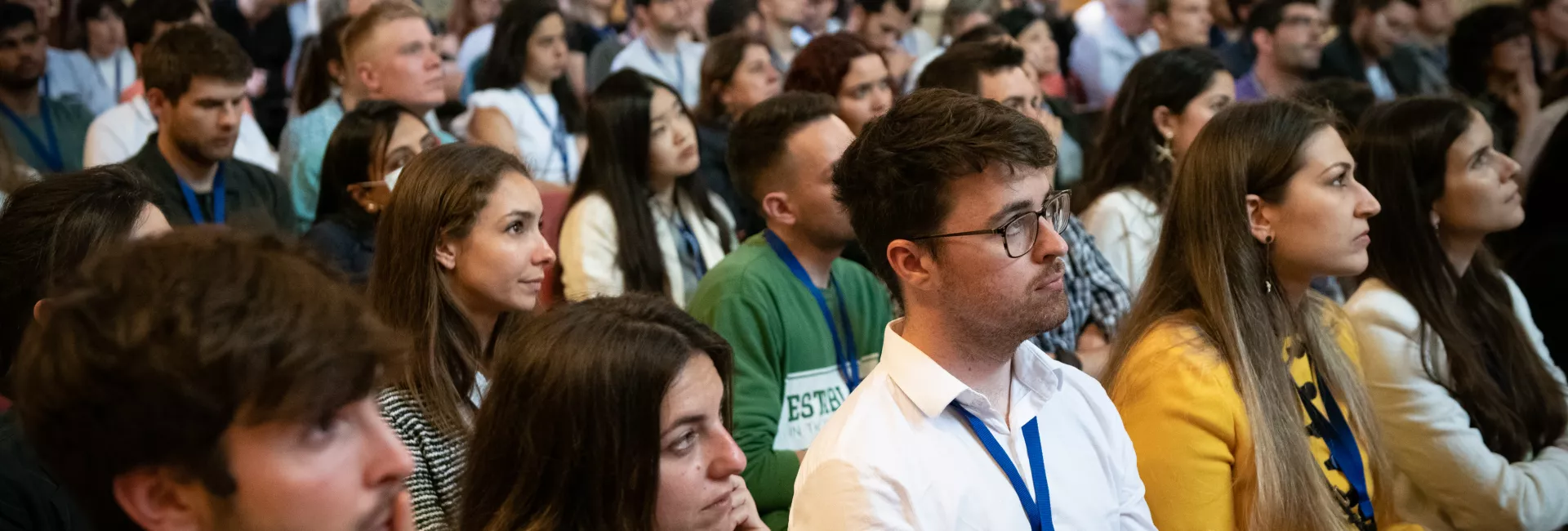Speaker: Francesco Pampaloni, Buchmann Institute for Molecular Life Sciences (BMLS), Goethe University Frankfurt, Germany
Presentation
Organizers: IRB Barcelona
Date: Wednesday, 7 February, 11:00h
Place: Aula Fèlix Serratosa, Parc Científic de Barcelona
Host: Julien Colombelli, IRB Barcelona
Abstract
Organoids are generated from adult stem cells cultured in three-dimensional hydrogels and represent a significant step towards bridging the gap between cell culture and live organs. Organoids obtained from pancreas, liver, intestine, kidney, and mammary gland closely recapitulate the epithelial compartment of these organs. Organoids are not only very valuable as model system in fundamental biology, but also very promising for drug screening and for the cellular therapy of diseases such as type 1 diabetes. Three-dimensional fluorescence imaging is one of the most effective techniques to study the response of organoids to drugs and to analyze their growth, morphogenesis and differentiation at high spatiotemporal resolution over time. Light sheet fluorescence microscopy (LSFM), due to the fast recording speed and the low photo-bleaching, is the technique of choice for the long-term live imaging of these large specimens. Achieving high-throughput live imaging with LSFM is essential for the establishment and rapid advancement of organoid-based assays in drugs screening, personalized medicine, and cell therapy. In my talk, I will describe the High-Throughput Light Sheet Microscope (HT-LSFM), an LSFM implementation that makes it possible to perform quantitative analysis on hundreds of living organoids in their native three-dimensional environment. I will focus on the application of HT-LSFM in the groundbreaking project LSFM4LIFE (www.lsfm4life.eu) directed towards the therapy of type 1 diabetes with pancreas organoids and in the Onconoid Hub project directed to the personalized therapy of liver cancer.
Advanced Digital Microscopy Seminar
Programme
Advanced Digital Microscopy, IRB Barcelona
Venue
Aula Fèlix Serratosa, Parc Científic de Barcelona
Speakers
Francesco Pampaloni is staff scientist with permanent position at the Buchmann Institute for Molecular Life Sciences (BMLS) in Frankfurt am Main (Germany). He leads the research on three-dimensional cell cultures and he is coordinator and scientific manager of the EU Horizon 2020 project LSFM4LIFE. He graduated in Physical Chemistry at the University of Florence (Italy). Awarded with an EU Marie-Curie Fellowship programme, he moved to the University of Regensburg (Germany), where he obtained his Ph.D. with excellence with a work on Optical Force Microscopy. From 2003 to 2009 post-doc and staff scientist at EMBL Heidelberg (Germany). Since 2010 at the Buchmann Institute for Molecular Life Sciences (BMLS) of the Goethe University Frankfurt. He authored 40+ publications and four patents. He is main inventor and driving force of the High-Throughput LSFM (HT-LSFM) and the Tissue Culture LSFM (TC-LSFM)
